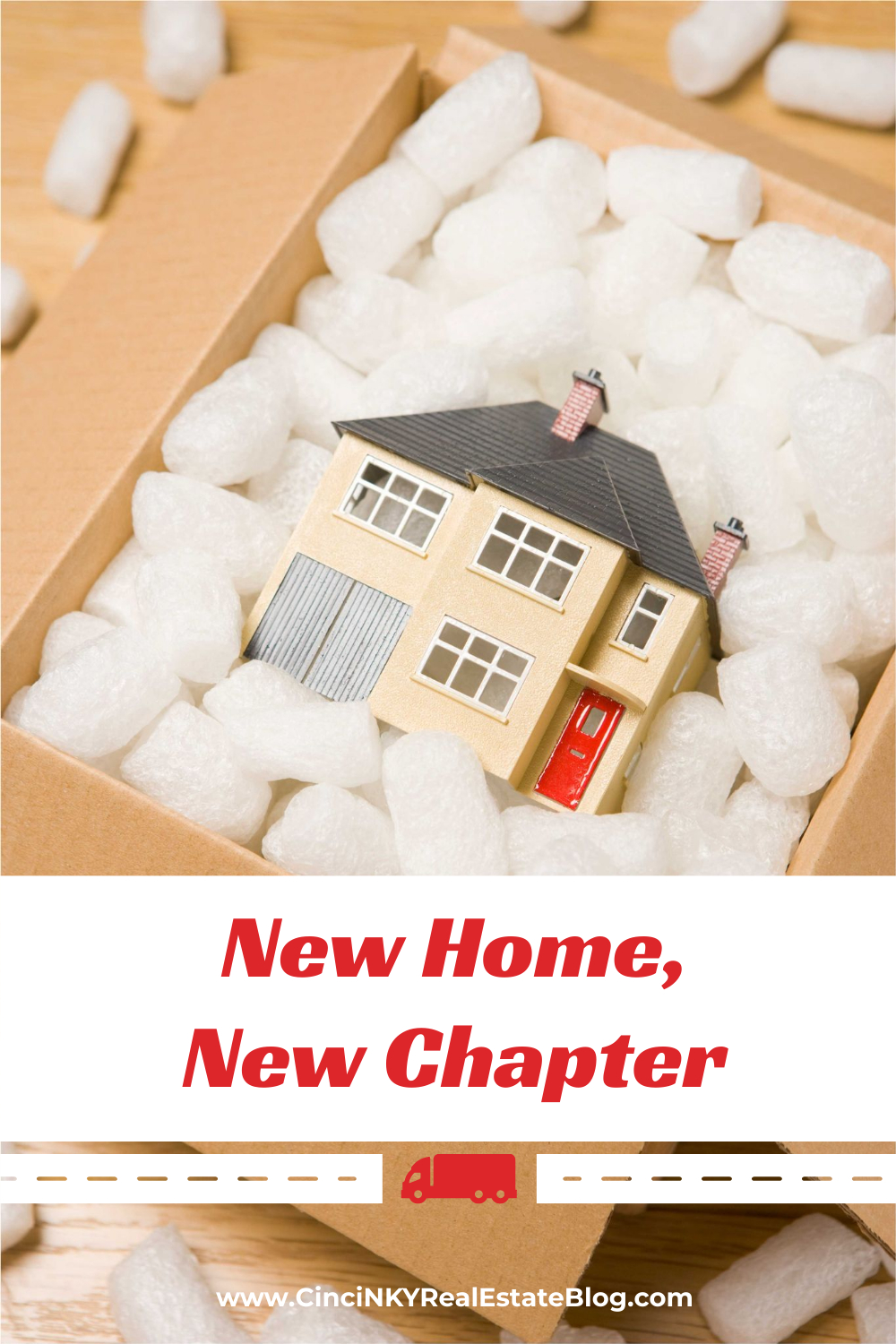
New Home, New Chapter: How a Midlife Move Can Rebuild Your Lifestyle, Career, and Purpose

Midlife isn’t the end of something — it’s often the beginning of a deeper, more intentional chapter. A move during this period can be more than a change of address; it’s a reset that aligns your lifestyle, career, and personal goals with the life you want now, not the one you built decades ago. Whether you’re seeking new professional energy, a more balanced lifestyle, or a supportive community, a well-planned midlife move can serve as your strategic reboot.
TL;DR
Moving in midlife is a high-leverage way to design the next phase of your life around purpose, place, and possibility.
Key takeaway: Choose a home and neighborhood that reflect who you’re becoming — not who you were. Integrate career goals, personal wellness, and community engagement into your real estate decisions for the most meaningful results.
Why Midlife Moves Are So Transformational
A midlife move is often driven by more than job relocation — it’s about redefining identity and intention. This period typically brings a rare convergence of self-knowledge, stability, and courage to act differently. Psychological research highlights that changes in the environment can directly influence habits, relationships, and even cognitive health.
In essence:
- A new environment reshapes your routines and priorities.
- A new community expands your support network and inspiration sources.
- A new home becomes a platform for intentional living.
Explore how relocation aligns with purpose using resources like Greater Good Science Center and MindTools’ Life Planning Framework.
The Lifestyle Reframe: Designing for the Person You’re Becoming
When planning a midlife move, think beyond square footage. Consider how your next environment will serve your next-level self.
☐ Does the area offer access to nature, creative spaces, or social hubs that match your evolving interests?
☐ Are there opportunities for volunteerism, cultural engagement, or entrepreneurship?
☐ Will this location simplify your daily life (commute, wellness, family balance)?
☐ Is it a community that supports multi-generational connection?
Tip: Use tools like AreaVibes to evaluate liveability and connectivity before you move.
Career Reinvention and Education as a Catalyst
Sometimes a move coincides with a professional pivot — whether it’s starting a business, consulting, or upskilling for a second act. Many midlife movers pursue new credentials that align with evolving interests.
Returning to school can open doors to more fulfilling or flexible career paths. For example, if you’re already a nurse, you can enhance your professional impact and improve patient outcomes through the benefits of RN-to-BSN programs. Online learning models make it easier to balance studies with existing work or family responsibilities — a practical fit for those juggling transitions.
Other online education resources include:
- Coursera for flexible skill building
- edX for accredited online degrees
- LinkedIn Learning for career refreshers
Real Estate Strategy: Finding the Right Home for a Fresh Start
When buying or renting in midlife, the decision matrix shifts. It’s no longer just about investment potential — it’s about fit: lifestyle, financial stability, and community resonance.
☐ Research local property tax rates and homeowner associations.
☐ Prioritize low-maintenance layouts that support long-term comfort.
☐ Evaluate proximity to healthcare, cultural centers, and transit.
☐ Look for neighborhoods with active adult learning programs or creative communities.
☐ Consider resale flexibility — midlife moves often lead to future lifestyle adjustments.
For deeper real estate insights, review Zillow’s neighborhood data or consult Realtor.com’s lifestyle match tool.
How to Make the Move Strategically
| Step | Action | Purpose |
| 1 | Define your “why” | Clarify whether your move is for growth, connection, or reset. |
| 2 | Audit your lifestyle needs | Identify what’s missing in your current setup. |
| 3 | Explore future-proof housing | Think access, adaptability, and ease. |
| 4 | Run a cost-of-living analysis | Use Numbeo to compare expenses across cities. |
| 5 | Connect locally before moving | Join neighborhood groups or volunteer networks. |
| 6 | Plan the logistics early | Compare moving companies via Move.org or similar tools. |
| 7 | Build a transition plan | Include emotional, social, and financial aspects. |
Featured Resource: A Lifestyle Upgrade Companion
Before or after your move, tools like Calm or Headspace can support mental clarity during transition. Both help maintain resilience while adapting to change — a valuable resource for those navigating new beginnings.
FAQ: Moving in Midlife
Q: Is it risky to relocate in midlife?
A: It’s less about risk and more about readiness. Thoughtful planning minimizes disruption and maximizes opportunity.
Q: Should I buy or rent first?
A: Renting can be a strategic “try-before-you-buy” move in a new region.
Q: What if I feel isolated after moving?
A: Join local groups via Meetup or volunteer at organizations like Habitat for Humanity.
Q: How do I align my career goals with my new location?
A: Start networking early through local Chambers of Commerce or online groups such as Alignable.
Glossary
Lifestyle Reframe: Redefining how your surroundings support your desired habits and identity.
Community Fit: The alignment between your personal values and the social or cultural makeup of an area.
Transition Architecture: The process of designing your next chapter with intention, structure, and sustainability.
Right-Sizing: Choosing a home that fits your current stage, not your past scale.
A midlife move is more than a physical relocation — it’s an act of authorship. It’s the moment when you choose to write a new chapter that fits your life’s updated plotline. By approaching it strategically — integrating lifestyle design, education, and smart real estate choices — you don’t just move houses. You move toward alignment, purpose, and renewal.
No comments yet